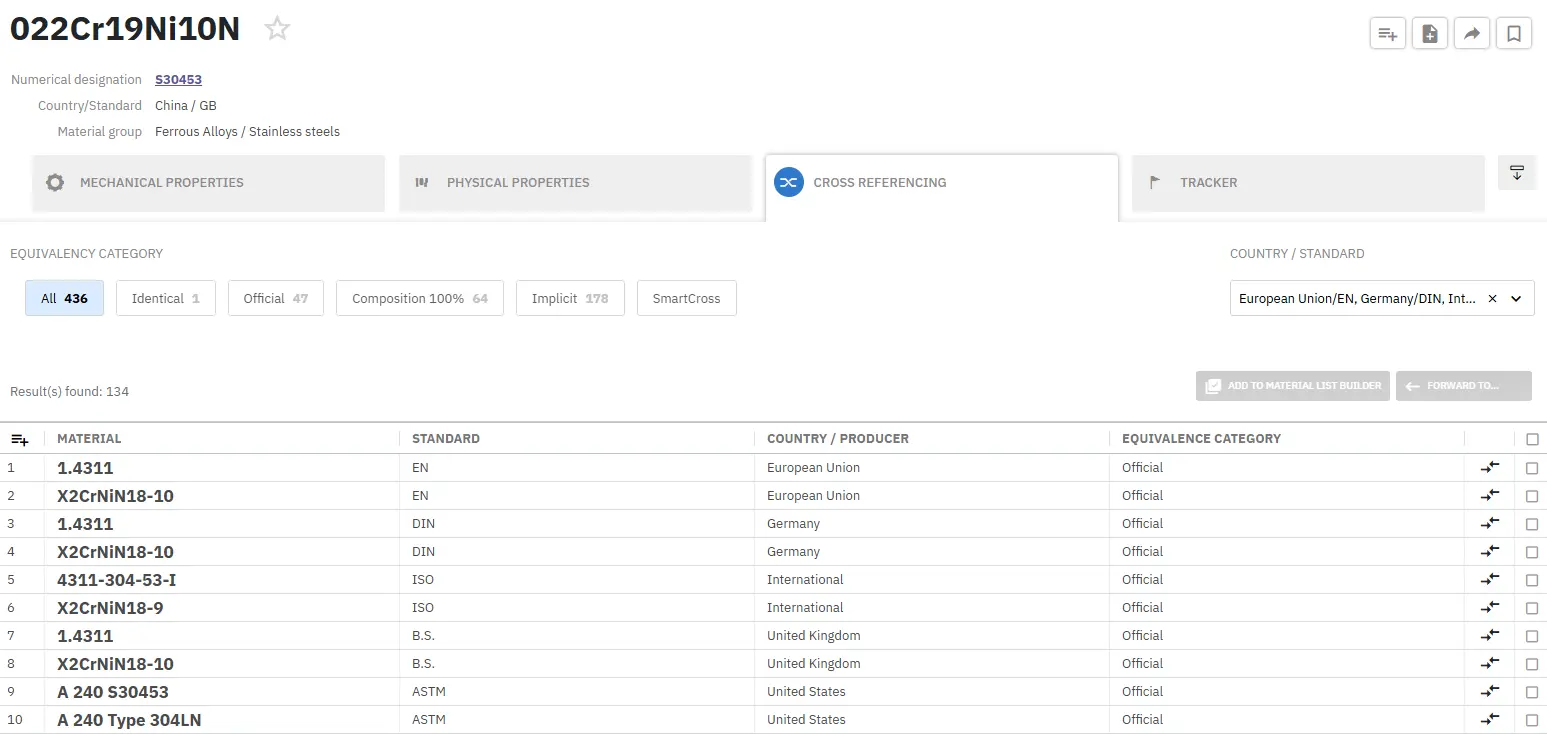UNS Designations for Copper and Copper alloys
Abstract
Copper and copper alloys constitute one of the mayor groups of commercial metals. They are widely used because of their excellent electrical and thermal conductivities, outstanding resistance to corrosion, ease of fabrication, and good strength and fatigue resistance...
Copper and copper alloys constitute one of the mayor groups of commercial metals. They are widely used because of their excellent electrical and thermal conductivities, outstanding resistance to corrosion, ease of fabrication, and good strength and fatigue resistance. They are generally nonmagnetic. They can be readily soldered and brazed, and many coppers and copper alloys can be welded by various gas, arc, and resistance methods.
For decorative parts, standard alloys having specific colors are readily available. Copper alloys can be polished and buffed to almost any desired texture and luster. They can be plated, coated with organic substances, or chemically colored to further extend to variety of available finishes.
The most common way to catalog copper and copper alloys is to divide them into six families: coppers, dilute-copper (or high-copper) alloys, brasses, bronzes, copper-nickels, and nickel silvers. The first family, the coppers, is essentially commercially pure copper, which ordinarily is soft and ductile and contains less than about 0,7% total impurities.
The dilute-copper alloys contain small amounts of various alloying elements, such as beryllium, cadmium, chromium, or iron each having less than 8 at.% solid solubility; these elements modify one or more of the basic properties of copper.
A general classification for wrought and cast copper alloys is given in the following table.
Table of UNS Designations for Copper and Copper alloys
| |||||||||||||||||||||||||||||||||||||||||||||||||||||||||||||||||||||||||||||||||||||||
Commercially pure copper is represented by UNS numbers C10100 to C13000. The various coppers within this group have different degrees of purity and therefore different characteristics.
Alloy C15100 (copper–zirconium), alloy C15500 (copper–silver–magnesium–phosphorus), alloy C19400 (copper–iron–phosphorus-zinc), and alloy C19500 (copper–iron–cobalt–tin–phosphorus) are popular for these applications because they have good conductivity, good strength, and good softening resistance.
Age hardening produces very high strenghts but is limited to those few copper alloys in which the solubility of the alloying element decreases sharply with decreasing temperature. The beryllium-coppers can be precipitation hardened to the highest strength levels attainable in copper-base alloys. There are two commercially significant alloy families employing two ranges of beryllium with additions of cobalt or nickel.
Other age-hardenable alloys include C15000, C15100 (zirconium-copper), C18200, C18400, and C18500 (chromium-coppers), C19000 and C19100 (copper-nickel-phosphorus alloys). Some age-hardening alloys have different desirable characteristics, such as high strength combined with better electrical conductivity than the beryllium-coppers.
Certain aluminum bronzes, most notably those containing more than about 9 % Al, can be hardened by quenching from above a critical temperature. The hardening process is martensitic-type process, similar to the martensitic hardening that occurs when iron-carbon alloys are quenched.
Mechanical properties of aluminum bronzes can be varied somewhat by temper annealing after quenching or by using an interrupted quench instead of a standard quench. Aluminum bronzes alloyed with nickel or zinc use reversible martensitic transformations to provide shape memory effects.
Lead, tellurium, and selenium are added to copper and copper alloys to improve machinability. These elements, along with bismuth, make hot rolling and hot forming nearly impossible and severely limit the useful range of cold working. The high-zinc brasses avoid these limitations, however, because they become fully b phase at high temperature. The b phase can dissolve lead, thus avoiding a liquid grain-boundary phase at hot forging or extrusion temperatures.
Instantly Find and Compare Materials from Different Standards!
Total Materia Horizon contains detailed and precise property information for hundreds of thousands of materials according to all standards worldwide, updated monthly.

Get a FREE test account at Total Materia Horizon and join a community of over 500,000 users from more than 120 countries.